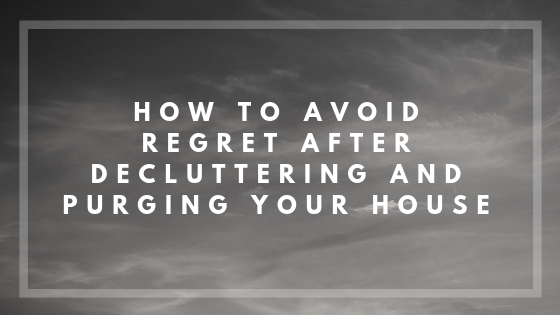Majority of Home Buyers Fail to Shop Around for a Mortgage

American consumers love a good bargain. Things like extreme couponing, Black Friday, and the infamous “Free gift with purchase!” gimmick wouldn’t exist. We love to comparison shop and hunt for the best deal. Keep that in mind when we reveal this rather surprising fact: Despite a house being the biggest purchase most people will ever make, about two-thirds of home buyers fail to shop around for a mortgage. We seek out the best price for a pound of ground beef. We make an extra trip to a store across town to save two dollars on laundry detergent. Yet somehow we fail to comparison shop when it comes to the largest purchase most of us will ever make.
The More You Know…
According to Freddie Mac, homebuyers can save about $1,500 over the life of a 30-year loan by getting just one additional quote when shopping for a mortgage. Homebuyers who gather more quotes before making a decision stand to save even more. Freddie Mac states that eighty percent of those buyers who gathered five quotes saved between $2,089 and $3,904 over the life of their loans.
The Lowest-Rate Loan Isn’t Always the Best Loan
Many homebuyers assume that the best mortgage for them is the one with the lowest rate. They go to their trusted bank or mortgage lender, find out if they qualify for the lowest rate possible, and go with it. What they don’t take into consideration is the fact that the interest rate is only one small part of a home loan. Other factors are equally as important if not moreso. Take a closer look at the terms to make sure things like closing costs are agreeable.
Broaden Your Search Past a Fixed-Rate Loan
There’s also the common misconception that a 30-year fixed-rate mortgage is the only sensible, risk-free loan to apply for. But there are lots of reasons you might not want to get a 30-year loan. If you don’t plan to own the home for more than five years, for instance, an adjustable rate mortgage, or ARM, might actually be perfect for you. A 5/5 ARM will have a fixed rate for the first five years of the loan, so if you don’t plan to stick around longer than that, why not apply for the ARM and enjoy a lower payment than a 30-year fixed-rate loan can guarantee.
Gather Quotes from Different Sources
Don’t just look for different types of loans. Get quotes for various loans from a few different lenders. Go to your trusted bank. Ask your real estate agent for a couple of recommendations. Try out some internet options. There’s no wrong answer when it comes to assembling initial quotes.
We’re lucky enough to live in an era where technology makes gathering information so incredibly easy. With so much information available right at our fingertips, it’s almost a crime not to shop around before making such a huge decision. While there’s not absolute guarantee that you’ll save a significant amount of money by shopping around for your mortgage loan, it certainly can’t hurt to try!










